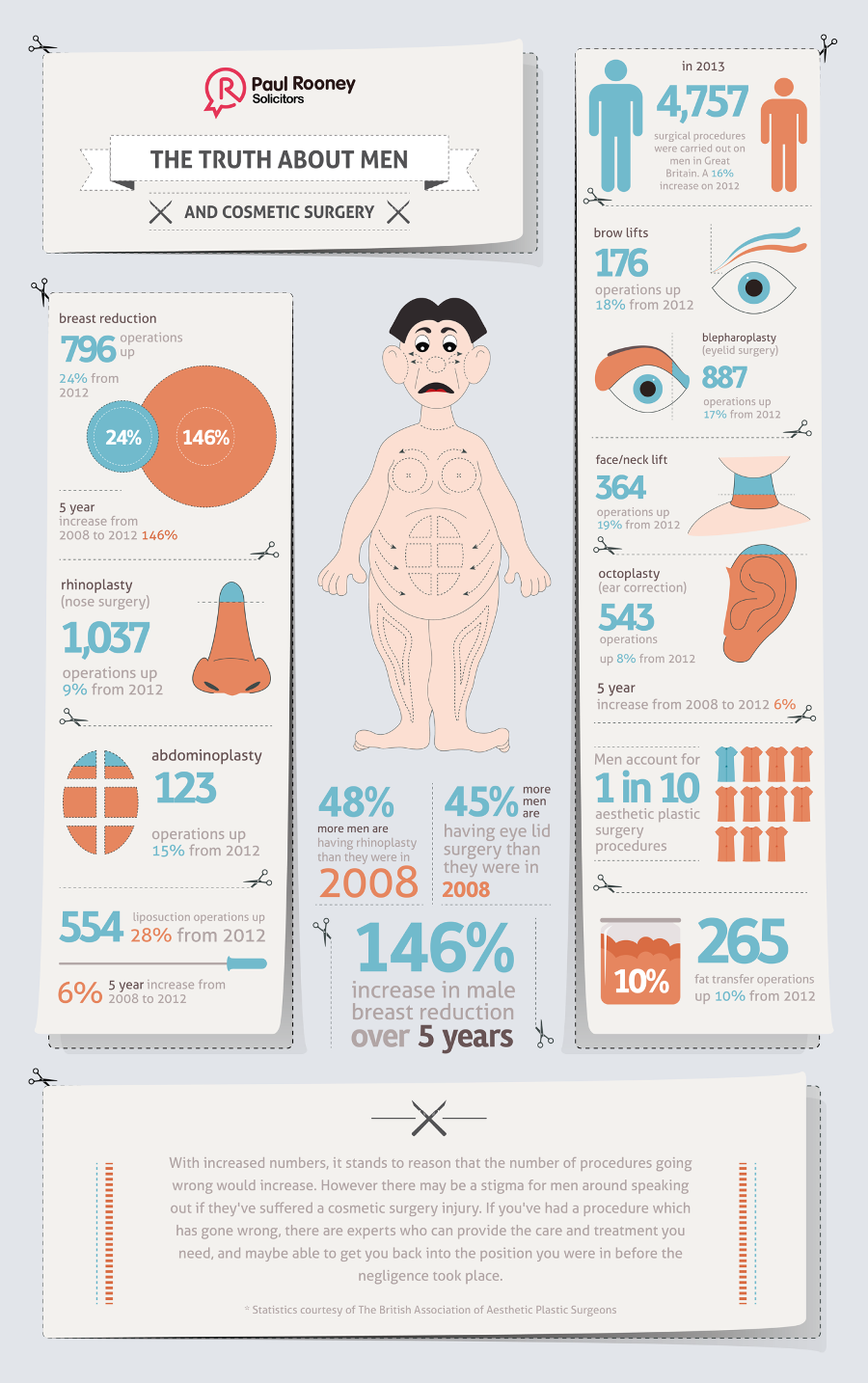Acne breakouts in the cheek area are caused by numerous things, from touching your face regularly to not altering your pillowcase often sufficient. Picking at acnes increases your threat of infection and scarring, and specific drugs can get worse dark areas (postinflammatory hyperpigmentation).
Luckily, there are several means to stop and treat cheek acne. These include:
1. Hormonal Changes
Acne is largely caused by hormones, particularly those created during puberty and pregnancy. For some, a family history of acne may also contribute to their condition. Anything that blocks pores, such as oil-based skin care products or waxy hair products, can trigger acne. Various topical therapies, like benzoyl peroxide and salicylic acid, can deal with bacteria and unclog pores. Those with extreme or persistent acne must seek treatment from their doctor.
Avoid touching or squeezing your acne, as this can press several of the microorganisms deeper into the skin, leading to a more severe outbreak. It is also important to change pillow cases regularly and use tidy make-up brushes. You need to additionally try to prevent irritants such as rubbing from putting on a headgear or limited collar.
2. Diet plan
The greasy, sugary foods that many people think trigger acne may in fact refrain from doing so. As a matter of fact, research studies have shown that consuming a diet regimen rich in whole, nutrient-dense foods helps to stop outbreaks.
Foods high in the glycemic index (such as white bread, corn flakes, puffed rice and potatoes, doughnuts and other breads) increase blood glucose levels promptly, and this can raise hormonal agents that improve oil production and result in acne.
Drinking cow's milk has actually likewise been linked to increased acne outbreaks. If you are a routine cow's milk drinker, you might intend to attempt switching to low-fat or nondairy choices that are strengthened with calcium. Furthermore, consuming more water can aid to minimize acne since it helps to maintain the skin hydrated.
3. Excess Oil
While oil is crucial for healthy and balanced skin, it can end up being an issue when too much sebum mixes with dead skin cells and obstructs pores. This mix can create blackheads, whiteheads and acnes. The obstructed pore wall can break down and spill bacteria, dead skin cells and sebum right into bordering skin. This results in a red bump known as an acne. Often these red bumps have pus in the center from a microbial infection. Larger infected bumps that resemble acne are called cysts.
There are several points that can cause excess sebum and clogged up pores, consisting of hormone variations, diet plan and daily routines. Some examples consist of touching the face frequently, relaxing your hand on your cheek, utilizing dirty make-up brushes and not changing pillow cases routinely.
4. Stress
If you're taking care of throbbing acnes or a multitude of blackheads and whiteheads, it might be time to speak with a skin doctor. They can suggest an effective therapy that suits your skin kind. Practicing relaxation and stress-reduction techniques additionally helps.
Acne can take place in the cheeks because of rubbing and stress, such as when a person touches their face regularly or uses a hat or sporting activities helmet that scrubs against the skin. It can additionally show up where greasy cosmetics and creams rub versus the skin.
Prevent squeezing acne, as this can press infected material deeper into the skin and cause scarring. Instead, see a medical professional to find out about preventative therapies like medication, skin treatment products and way of living modifications. Consuming a healthy diet plan of whole foods, obtaining seven to 9 hours of rest and making use of noncomedogenic makeup and skin care items can all help reduce acne outbreaks.
5. Hair Products
Hair products are not normally thought of as a root cause of outbreaks, but they can add to acne on the cheeks in some people. Pomade acne, which is defined by tiny closed comedones and papulopustules, is frequently caused by using oily hair items botox in a bottle that contain comedogenic components such as particular oils and acetylated lanolin.
Choosing hair items that do not contain these possibly comedogenic active ingredients is an important action towards minimizing breakouts. Likewise, guaranteeing that hair items aren't can be found in contact with the skin can help stop breakouts. For instance, putting on a scarf or hood in the evening can restrict hair-to-face call and decrease the probability that leave-in hair items will rub off onto the face.
In addition to making use of a non-comedogenic moisturizer and washing with an acne face laundry, various other useful methods consist of:
